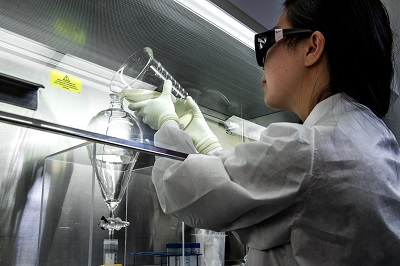Registering Class IIa medical devices with the Australian Therapeutic Goods Administration (TGA) involves several steps that ensure the device meets regulatory requirements for safety, quality, and performance. Here's an overview of the process:
1. Determine Device Classification
Ensure that your device is correctly classified as a Class IIa medical device under the Australian regulations. Class IIa devices are medium-risk medical devices (e.g., dental fillings, hearing aids, etc.).
2. Conformity Assessment
Before applying for registration, the device must undergo a conformity assessment to demonstrate that it meets the essential principles for safety and performance. This process may involve the following steps:
- Obtain CE Certification (for EU-based manufacturers): If your device has already been certified under the EU Medical Device Regulation (MDR) or previous Medical Device Directive (MDD), the CE certificate may assist in the TGA application.
- TGA Conformity Assessment (for Australian manufacturers or non-CE marked devices): If the device has not been CE marked, a conformity assessment certificate from the TGA may be required, which includes a review of the manufacturer's quality management system and technical documentation.
3. Establish an Australian Sponsor
If you are a manufacturer based outside Australia, you must appoint an Australian sponsor. The sponsor is responsible for submitting the application to the TGA and maintaining compliance with regulatory requirements.
4. Prepare Technical Documentation
You need to prepare a technical file with evidence that the device complies with essential principles (e.g., safety, performance, and risk management). Key elements include:
- Device description and intended use
- Design and manufacturing information
- Risk management file (based on ISO 14971)
- Clinical evaluation reports
- Instructions for use (IFU)
- Labeling and packaging details
- Verification and validation data
- CE certificate (if applicable)
5. Submit an Application via the TGA Business Services Portal
Once all the documentation is ready, the sponsor submits the application via the TGA Business Services (TBS) portal. The process includes:
- Lodging a Manufacturer’s Evidence: This step includes providing evidence of conformity assessment (e.g., CE certification, or other supporting documents).
- Completing the Device Application: The sponsor provides details about the device, including the Global Medical Device Nomenclature (GMDN) code and other technical details.
6. Pay Application and Evaluation Fees
The TGA charges fees for the application process, including evaluation fees if the device requires an in-depth assessment. The fee structure is available on the TGA website.
7. TGA Review
The TGA will review the application. If the application is complete and meets the necessary standards, the device will be included in the Australian Register of Therapeutic Goods (ARTG).
For Class IIa devices that are already CE marked, the process is generally faster as they may not require a full conformity assessment by the TGA. If further information or corrections are required, the TGA will notify the sponsor.
8. Post-Market Obligations
Once the device is registered, the sponsor must comply with post-market surveillance and vigilance requirements, including:
- Reporting adverse events
- Regularly updating technical files
- Addressing any safety concerns raised by the TGA
Summary of Key Steps:
- Confirm device classification as Class IIa.
- Complete the conformity assessment process.
- Appoint an Australian sponsor (if needed).
- Prepare the technical documentation.
- Submit the application via the TGA portal.
- Pay the relevant fees.
- Wait for TGA approval and listing on the ARTG.
- Comply with post-market surveillance and reporting requirements.

Contact Us:
Whatsapp or Wechat:+86 15816864648;email address:hito.lin@grzan.cn
.png)
.jpg)
.png)

.png)